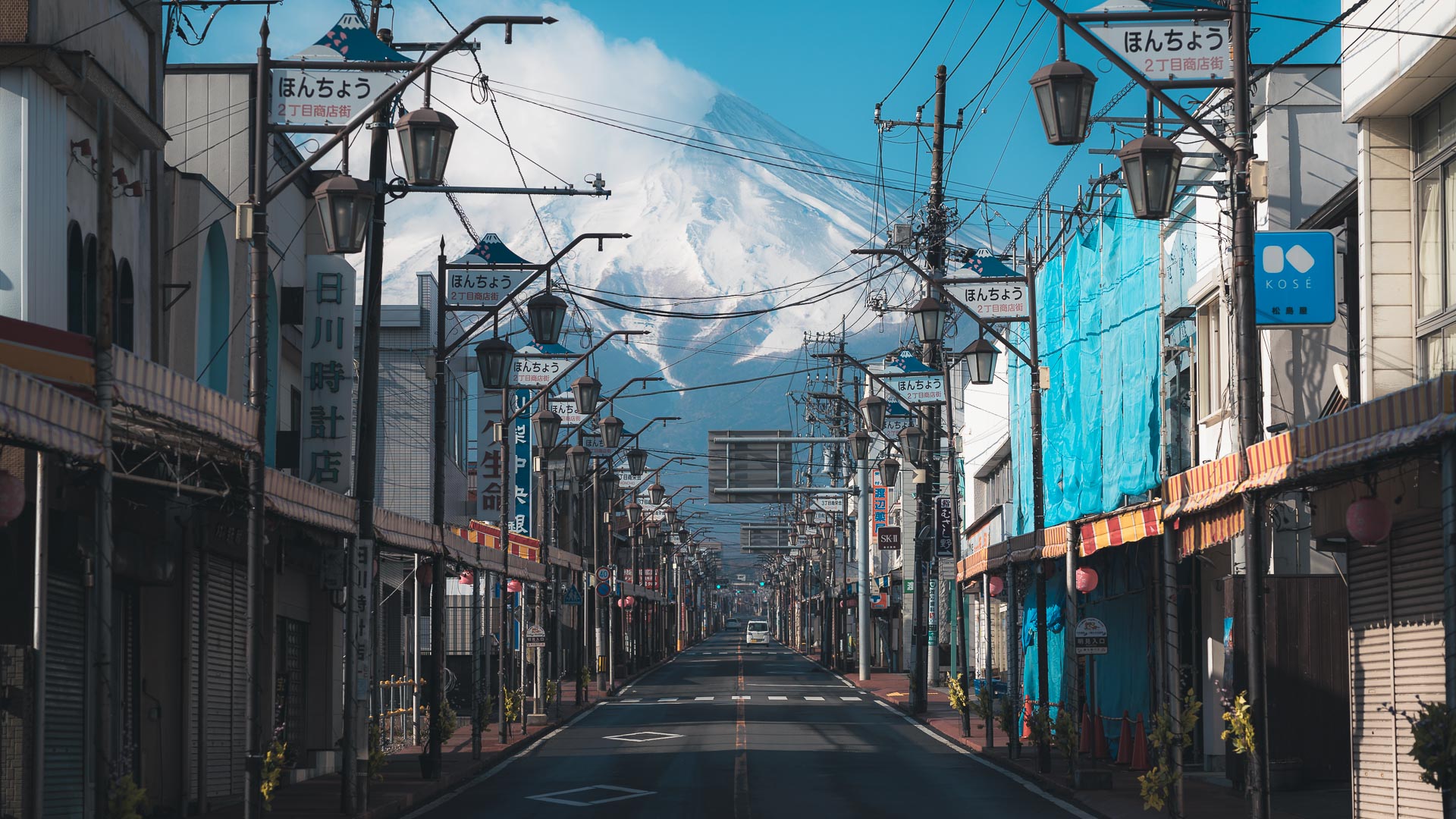Using leading lines in photography is a staple technique of good composition.
It’s a component of visual language that many photographers pick up as they’re beginning their photography journey, and luckily, it’s a technique that never really leaves your vision once you’ve learnt how to see it, either.
Including leading lines in my photography is one of my favourite things to do and I’m always looking them in the field, trying to see how far I can push them creatively so that they can work just a little harder for me in my compositions.
What are leading lines in photography?
Okay first; a leading lines photography definition.
Leading lines are simply the use of elements in your scene to direct the viewer's eye into the subject of the image.
It’s a piece of visual language that’s pervasive throughout all types of 2-dimensional visual mediums: painting, video, illustration etc. and it’s one of the most critical pieces of visual language to learn.
It’s so essential that if you’re a beginner, I recommend you practising how to see and capture different types of leading lines through deliberately going out into the field to look for them for a few hours every week.
Leading lines are everywhere, and they come in many shapes and sizes (literally and figuratively).
These lines can curve, they can intersect, they can converge, they can be horizontal, vertical, diagonal, they can be implied or implicit or completely obvious.
It’s up to your creativity and imagination as to how you can use them.

Why are leading lines useful?
Traditionally, they help direct the viewer's eyes into the subject of the scene.
In doing so, they increase the visual interest and potentially the impact and efficacy of the image as well.
Typically, the more components of visual language you can apply to an image (artfully), the stronger your image becomes, and the quicker your viewers “understand” it.
And leading lines are a great place to start.
Let's learn through examples
As with any component of visual language, these techniques are learned best with examples. So, let’s dig into some of those.
Let’s say you’re doing some street photography. You enter a street that’s very long and narrow, and you see some people crossing it.
Due to the length of the street and the natural perspective distortion of the buildings around it, the buildings create a natural “V-shaped” line towards the subject of the frame.
It could look like this:

In this image, the bright parts of the sky accentuate the two solid lines leading into a single subject in the middle of the frame.
This effect helps the viewer immediately recognise where to look in the image, and as a photographer, it’s our job to help our viewers understand an image as soon as possible. Leading lines help—a lot.

In this image, we’re using shadow contrast, colour contrast, texture, and leading lines to accentuate the subject.
From the perspective of using leading lines, the dip of the shadow converges into the subject, creating a soft “V-shape” that naturally leads the viewer's eyes.
It’s a subtle but straightforward technique that can apply to many different styles of photography.

Leading lines in photography don’t always have to be super obvious either.
In this example, I used a branch from a Cherry Blossom tree and positioned it vertically leading towards the castle - the main subject of this composition.
There is only one real leading line in this image, and sometimes that’s all you need to strengthen your composition.

In Architecture photography, lines, shapes, frames, forms and geometry are essential, so you’ll see all kinds of lines, not just leading ones.
In this instance, though, I used the diagonal perspective of the bridge to draw the viewers eye into the subject at the bottom right-hand corner of the image.
While there are other visual language techniques going on here such as scale, contrast, texture, frames, and juxtaposition, it’s the overarching lines of the bridge going from top-left to bottom-right that provide the viewer with momentum and direction when trying to understand the image.
Where you can find leading lines
Leading lines are everywhere. Once you practice how to see them, you’ll never be able to unsee them.
The trick is to spot them the first time and then remember the repeatable pattern of them so that when you’re in a new location, you can easily recall them.
Some tips for spotting leading lines
- Alleyways always have a natural “V-shaped” line that goes with the street; the taller the buildings, the more this is pronounced.
- The hard shadows of anything can almost always be positioned to become a leading line towards something
- Anything to do with a path has a natural perspective-based leading line; things like sidewalks, roads, paths, bridges, stairs, corridors, train lines, power lines, etc.
- The height or angle you use can have a significant influence on how pronounced your lines can be, so move that camera! Above your head, squatted down, tilted up, faced down, play around with it.
- Look out for streams, rivers, the shapes of mountain ridges, tree-lines, and other things in nature.
- Horizons always have a natural line to them.
- You can create a leading line out of virtually anything you put in front of the lens, like pointing your finger, for example.
tl;dr
Leading lines in photography are essential to master.
It’s about using elements in your compositions to suggest direction and movement, and also to signal importance to your viewer.
The inclusion of them increases visual interest and enhances the efficacy of your images, helping your viewers to “understand” it easier and faster.
For beginners, I’d recommend deliberately going out to practice your vision, working on how to see these leading lines everywhere, and spending a few hours a week intentionally only shooting images with leading lines in them.



